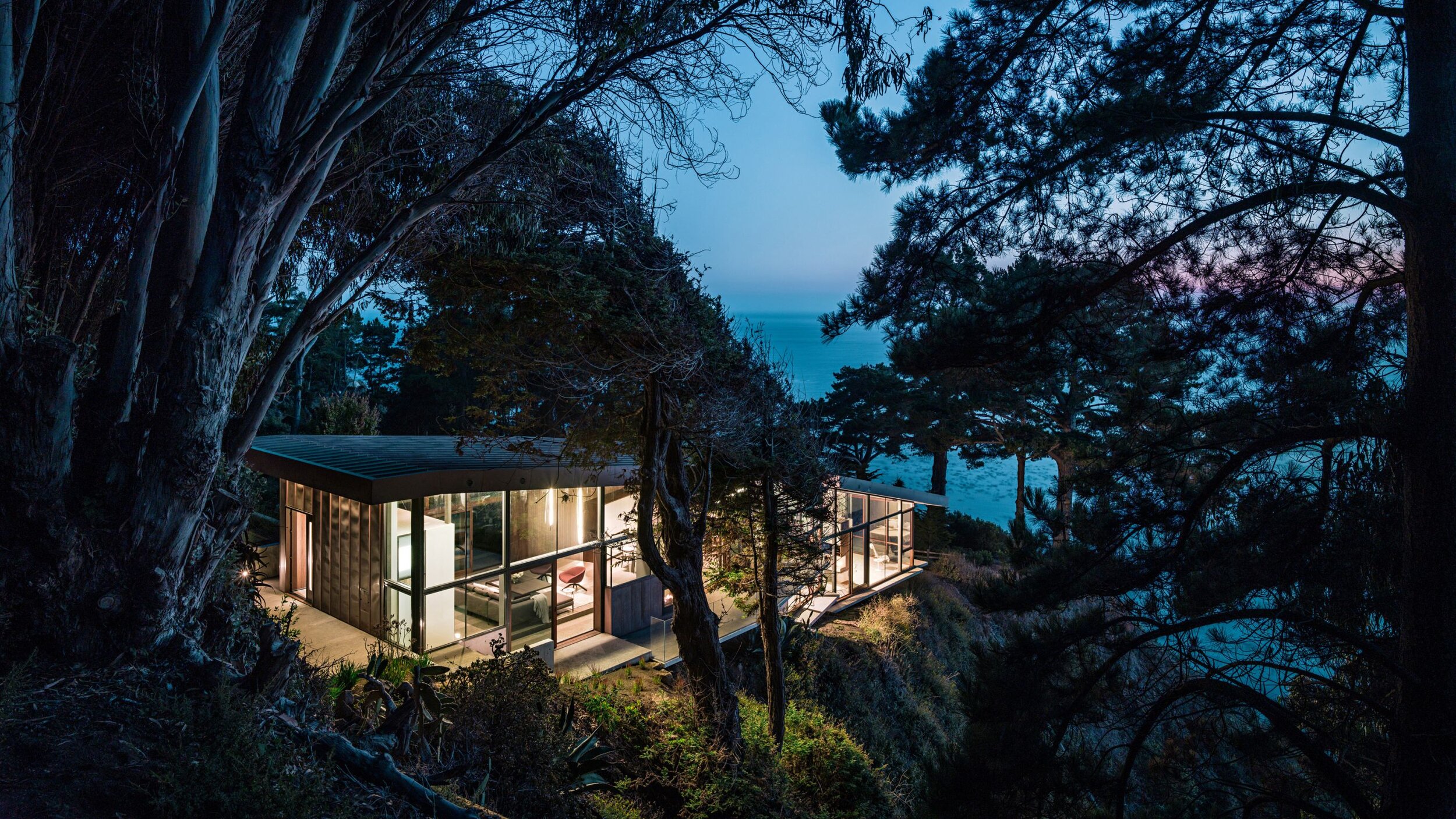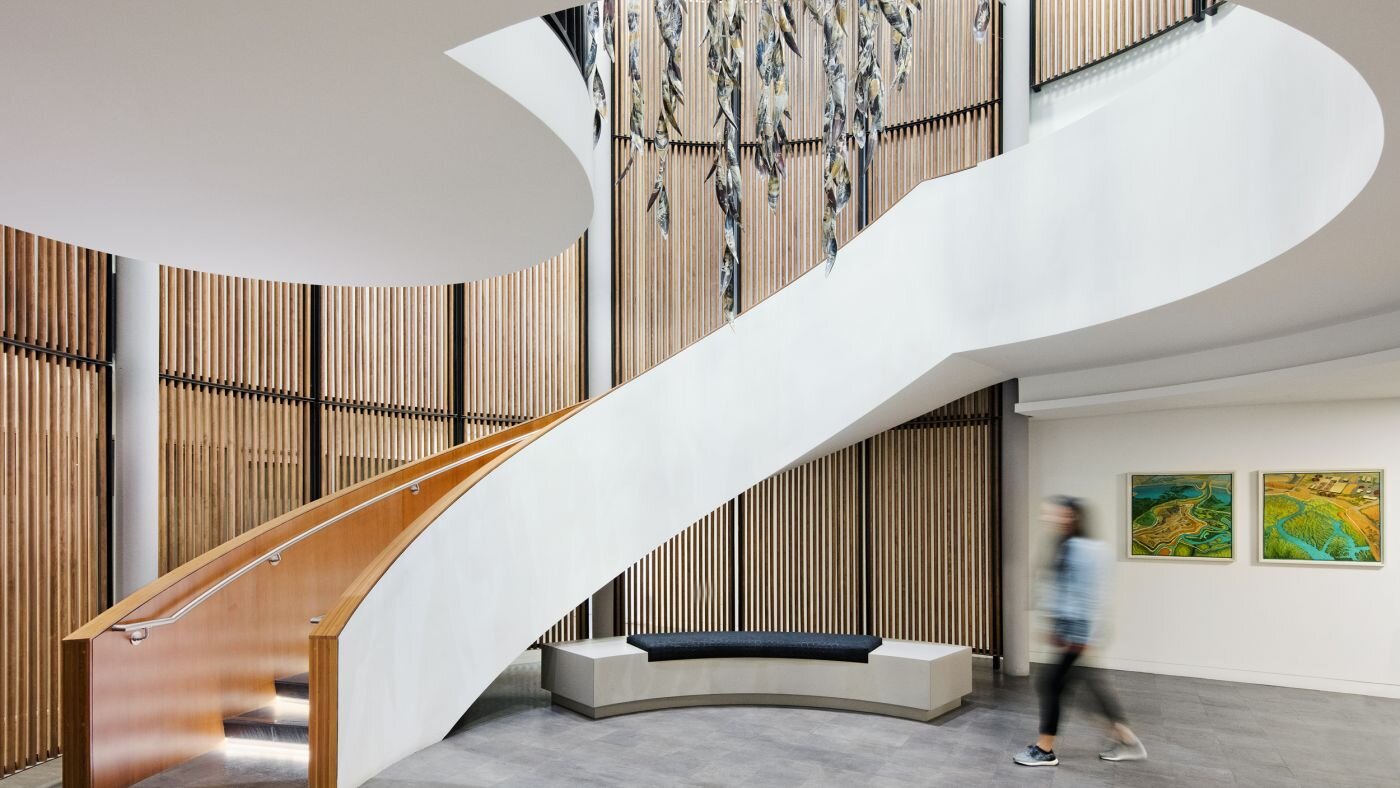#186 - ANNE FOUGERON, Architect
SUMMARY
WOMEN IN ARCHITECTURE AND URBAN THINKING IN ARCHITECTURE
This week Anne Fougeron, award-winning architect and founder of Fougeron Architecture joins David and Marina of FAME Architecture & Design to discuss her work, city densities, creating good urban spaces with architecture, women, and equality in architecture, design processes, partnering with other offices and more. Enjoy!
This episode is part of a series produced with the support of the SF Urban Program, Architecture Department, Cal Poly.
ABOUT ANNE
Anne is a French-American architect, lecturer and author. She has a varied body of works, including commercial, civic, residential and multi-family housing. The Princeton Architectural Press described her style as "embrac[ing] architectural opportunities found in opposition, creating buildings that redefine program, reinvent historical building types, and reinvigorate civic centers. Each project is a careful consideration of context, light and structure." She is known for taking on difficult projects "without sacrificing aesthetics."
She is a Fellow of the American Institute of Architects.Her buildings have been featured in The New York Times, Metropolitan Home, and on the cover of Architectural Record. She has won more than a dozen awards from various chapters of the American Institute of Architects.
HIGHLIGHTS
TIMESTAMPS
(00:00) Anne gives a presentation on cities, city density, and housing:
(0:00) San Francisco’s housing shorting and healing urban scars and mixed use infill housing
(10:00) Communicate with the planning department
(19:30) Transbay Block 9 with SOM: Relating a podium with a tower and creating an urban living room
(36:30) Questioning the negative assumptions of density
(38:18) Anne gives a presentation on being a woman architect.
(38:18) Identifying as a woman architect and the gender makeup of the profession of architecture.
“I know that a lot of people want to say that they're an architect first and a woman second, or a woman first and an architect second. I am a woman architect. There is no doubt to me that everything I have done in my career has been heavily influenced by being a woman, obviously, but also about the place of being a woman architect has put me in relationship to the field. So I don't want to shy away from it. [. . .] I think it's really important for people to understand, and for other women than younger students and people coming up in the field to understand what it means to be a woman architect.” (38:18)
“I think the field of architecture is still structured in such a way that it keeps the status quo. I think white economically privileged men are firmly in place. Now, I have nothing wrong with any of these guys. They're all great architects. I admire their work. But they just can't be the only ones that represent our society or represent this field. Because if we don't have a field that is as open as the society is, or as diverse as our society is, then we're not creating an architecture and environment that's as strong and as imaginative and as innovative as it could be. Because we're basically shutting out half of our population.” (39:38)
(43:10) The benefits of being a woman architect.
“I think being a woman architect means that you have to be an activist or it's made me an activist and I would encourage every other woman architects to become one because I still believe, and I do know that this is true for everything, that you only achieve equality if you fight for your own rights. You can't assume that anybody else is going to fight for your rights because it just doesn't dawn on them and it's not their fight. You might bring them around and they might come and rally, but really in essence, it's up to all us women to really ask for what we want and what we should have. And same thing for African American and shake things thing for all the rest.” (44:10)
(46:50) Starting her career as a woman.
(50:07) The challenges that women face today in the profession of architecture.
(57:35) How Anne’s international identity has influenced her work.
(59:50) Designing a range of building types and sizes.
(01:08:20) Working through urban issues and collaborating with OMA.
“The thing that's important about having a really good urban plan, it means that you have a really good site plan and if you have a really good site plan… I think that's an enormous part of doing a really good building. Because you lose, I think in architecture, when all you're doing is you're just trying to paginate a building. And I say this in the office all the time when we start just kind of like applying windows, scattering on facades, and we're not being very good at it. I’ll say, “Okay, we're thinking about this problem the long way.” Because it's not just pattern making.” (01:09:25)
(01:12:20) Getting out of a rut during the design process.
(01:15:50) Learning from smaller scale work and then transitioning to larger scale projects.
(01:18:20) The importance of the site plan and understanding architecture as a way to make urban space.
“If you make a building that makes really good urban space, then chances are it's going to be a really good building. Not always the case, not always. But I think if you bring the same level of creativity to making really good urban space, then I think you have a chance of also bringing the same level of creativity to make a really good urban building or a good building in general. [. . .] You have to understand that in the end, once you’ve built in a city, what's left is the spaces that you've created because most people can’t go inside your condo project and they don't live there either, so what you have left is how you've created an environment where people who live in the building and people who don't live in the building can interact and how the building can become an incredible part of the urban context.” (01:19:17)
(01:23:22) Dream projects and a Cal Poly’s Architecture building.
(01:25:10) Anne answers the question, “How did you become successful?”
























